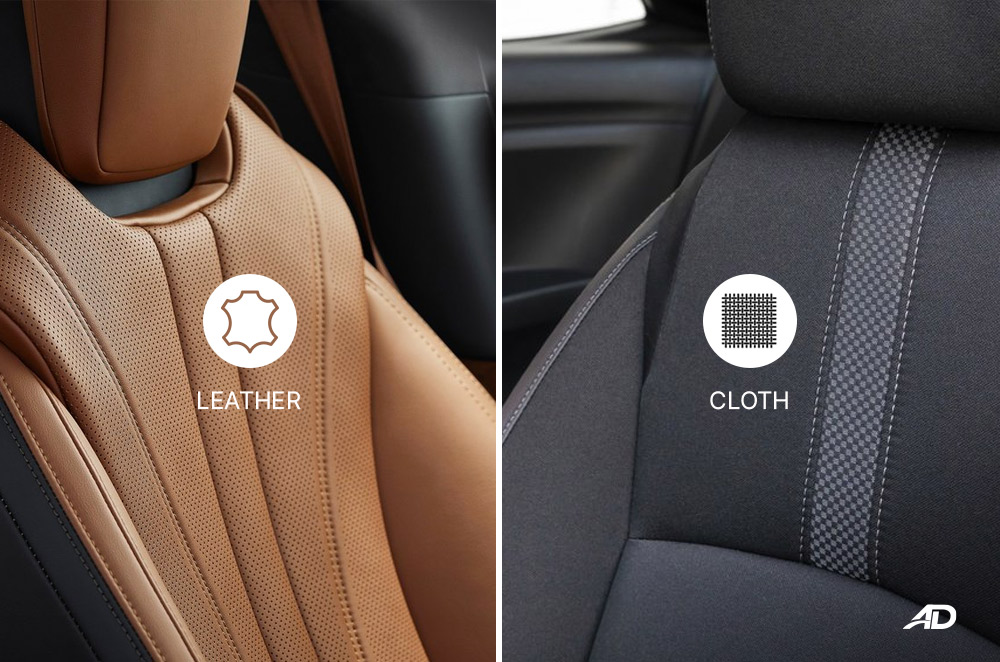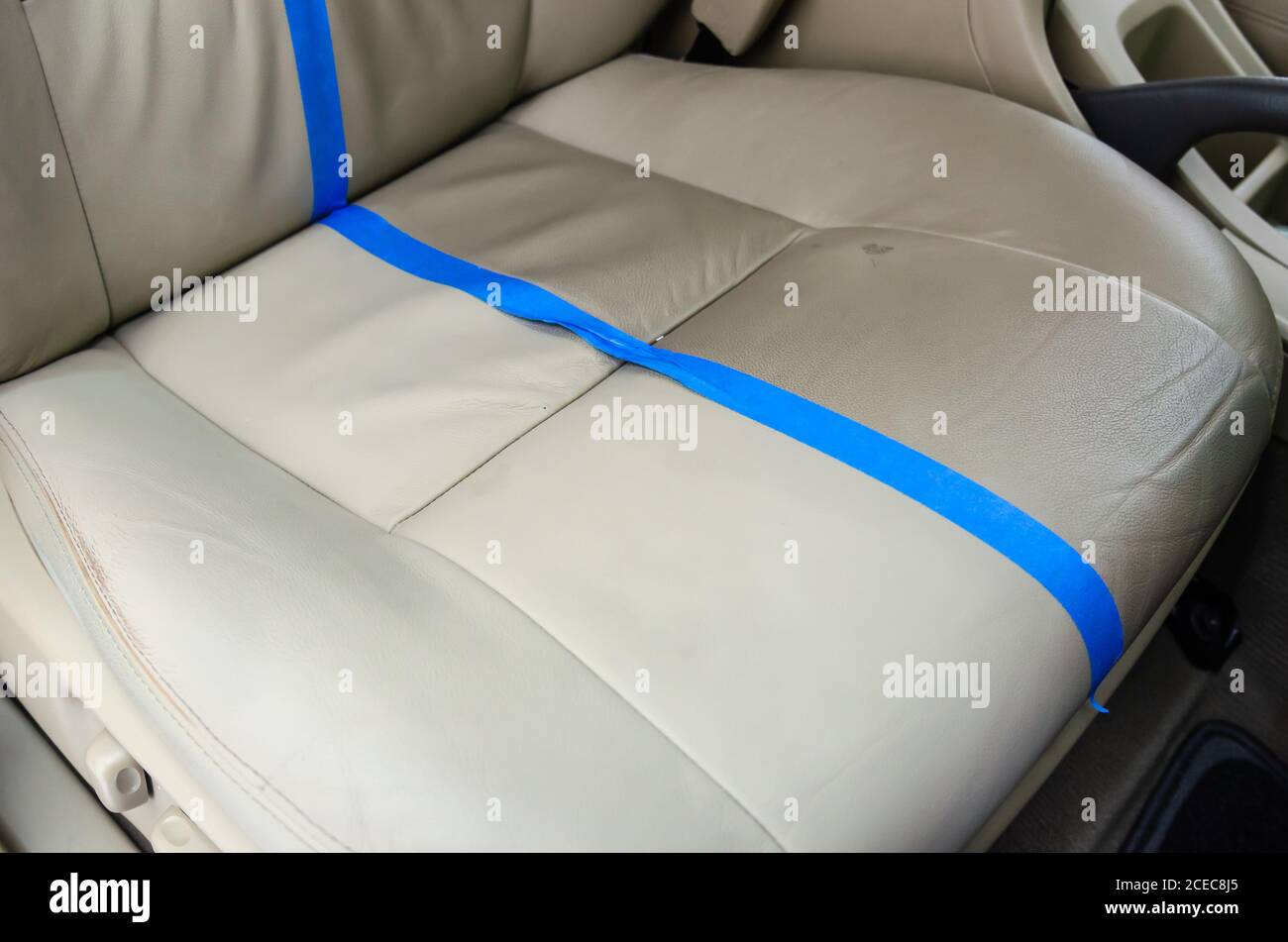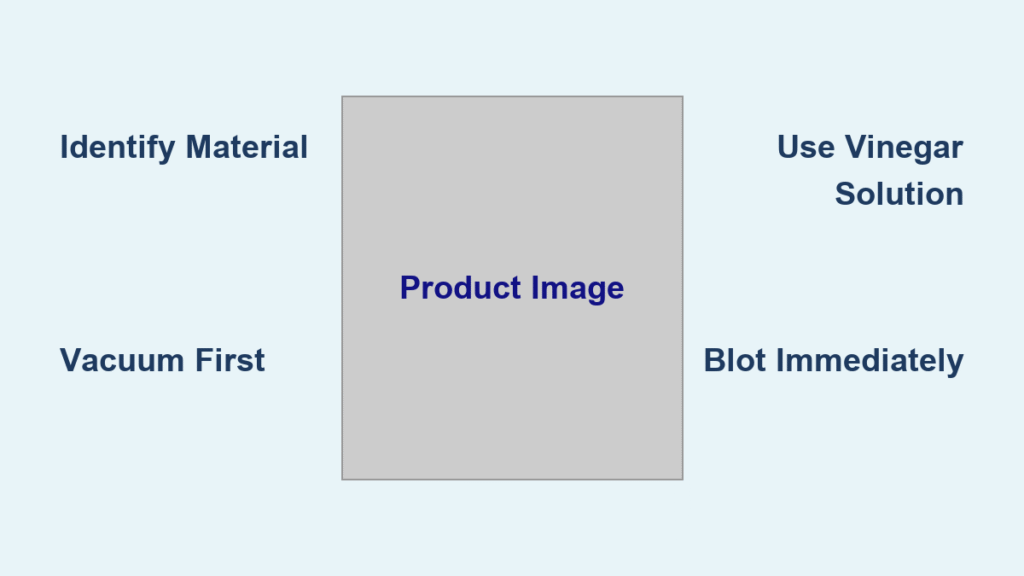That spilled coffee cup on your morning commute. The chocolate bar that melted in your child’s hand. These everyday accidents transform your car’s interior from pristine to problematic in seconds—and they’re more than just eyesores. Stained upholstery cuts resale value and creates constant embarrassment every time passengers climb in. The good news? Learning how to remove stains from car seat upholstery doesn’t require professional help or expensive equipment. Most stubborn marks yield to the right techniques, even those that have been sitting for weeks.
Whether you’re dealing with fabric or leather seats, this guide delivers the exact methods professional detailers use—without their price tag. You’ll discover which cleaning solutions work for your specific seat type, avoid common mistakes that set stains permanently, and implement emergency responses for the spills you face most often. Skip the guesswork and follow these proven steps to restore your car’s interior.
Identify Your Car Seat Material Before Cleaning

Using the wrong cleaner on your seats causes irreversible damage—leather needs gentle care while fabric can handle stronger solutions. Never skip this critical identification step before attempting how to remove stains from car seat upholstery.
Leather Seat Identification Tips
Leather seats feel cool initially and reveal natural grain patterns when examined closely. They resist liquid absorption, causing spills to bead up rather than soak in immediately. Genuine leather shows slight variations in texture and color, while cheaper leatherette has a uniform, plastic-like appearance. Check manufacturer labels—many newer vehicles use synthetic leather alternatives that require different care.
Fabric Seat Recognition Guide
Fabric upholstery feels textured and porous, readily absorbing spills within seconds. Run your hand across the surface—you’ll notice fibers lifting slightly. Most fabric seats use synthetic blends like polyester that resist fading but trap odors. Conduct the water test: place a single drop on a hidden area. If it soaks in immediately, you’re working with fabric that needs different cleaning approaches than leather.
Vacuum Thoroughly Before Any Stain Treatment
Skipping this pre-cleaning step grinds dirt deeper into stains and reduces cleaning effectiveness by 40%. Always vacuum first—spend 5-7 minutes per seat using crevice tools to extract debris from seams where crumbs and sand accumulate. For fabric seats, follow vacuuming with a soft upholstery brush to lift the nap. Leather seats need only a dry microfiber wipe to remove surface dust before stain treatment begins.
Fabric Seat Stain Removal That Actually Works
Vinegar Power Solution for Organic Stains
Mix one cup white vinegar with one gallon hot water and one teaspoon dish soap for a professional-grade cleaner. Apply with a soft brush using circular motions, working from the stain’s outer edge toward the center to prevent spreading. Let sit 5 minutes, then rinse with warm water using a clean microfiber towel. For spot treatment, combine equal parts vinegar and hot water with dish soap in a spray bottle—spray directly on stains, wait 5 minutes, then scrub gently. This method removes 90% of food and drink stains when applied within 24 hours.
Baking Soda Paste for Set-In Stains
Create a thick paste with two parts baking soda to one part water (toothpaste consistency). Apply with a soft toothbrush using gentle circular motions, focusing on stained areas. For stubborn marks like dried mud or grass, let the paste sit 30 minutes before scrubbing. Vacuum away residue, then wipe with a damp cloth. Critical warning: Never let baking soda dry completely on seats—it creates a stiff, crunchy texture that damages fabric fibers.
Laundry Detergent Method for Deep Cleaning
Mix one tablespoon liquid detergent with two cups warm water. Apply sparingly with a microfiber cloth—fabric seats hate oversaturation. Let sit 10 minutes, then scrub lightly. Remove all soap residue with a clean, damp cloth and air dry with windows open for 2-3 hours. Common mistake: Using too much detergent creates suds that trap dirt rather than removing it—stick to the tablespoon measurement.
Leather Seat Stain Removal Without Damage

Oil Stain Emergency Protocol
Sprinkle baking soda liberally on fresh oil stains (grease, makeup, lotion) to absorb excess grease. Let sit 15 minutes, then vacuum thoroughly. Apply leather-specific cleaner with a microfiber cloth using gentle circular motions. Never oversaturate leather—excess moisture causes cracking and discoloration. Always finish with leather conditioner to restore protective oils removed during cleaning.
Permanent Marker Removal Technique
Dip a cotton ball in acetone nail polish remover or rubbing alcohol. Blot (don’t scrub) at ink marks until they lift. Test first in an inconspicuous area—some removers bleach leather. Immediately clean treated spots with warm water and mild soap to remove chemical residues. Pro tip: For large ink stains, work in 1-inch squares to prevent visible cleaning patterns.
Coffee & Soda Spill Emergency Response
Act within 5 minutes for best results. Blot (never rub) with dry paper towels to absorb liquid. Mix one tablespoon dish soap with one cup warm water and three drops white vinegar. Apply from the stain’s outer edge toward the center to prevent spreading. Blot repeatedly with clean microfiber cloths until the stain lifts. For dried coffee rings, apply vinegar solution, wait 10 minutes, then scrub gently with a soft brush. Time-sensitive tip: Coffee stains turn permanent after 48 hours—address immediately.
Chocolate & Gum Removal Without Damage
Freeze first, scrape second. Hold an ice pack against chocolate or gum for 3-5 minutes until completely hardened. Use a butter knife or credit card edge to lift the frozen mess away with upward motions. Clean remaining residue with the vinegar solution for fabric seats or leather cleaner for leather upholstery. Critical step: Never pull or scrape warm gum—it stretches and embeds deeper into fibers.
Steam Cleaning for Deep-Set Stains
Professional steam cleaners reach 245°F, blasting away set-in grime while killing bacteria and allergens. The high temperature and pressure remove stains without chemicals—ideal for sensitive individuals. Use soft-bristled brushes only on stubborn spots. Drying requirement: Allow 2-4 hours with windows fully open and fans circulating air. Never close windows until seats feel completely dry to prevent mold growth.
Safety Testing Protocol Before Cleaning
Test every cleaner in a hidden area first. Mix any solution at half-strength, apply a dime-sized amount, and let dry completely. Check for color changes or texture damage before proceeding. Non-negotiable rule: Never use bleach, ammonia, or abrasive cleaners—they destroy both fabric and leather upholstery permanently.
Prevent Future Stains Proactively
- Install waterproof seat covers in high-risk areas (driver’s seat, child zones)
- Keep microfiber cloths in your glove compartment for immediate spill response
- Apply fabric protector spray to cleaned seats—creates invisible barrier against liquids
- Schedule weekly vacuum sessions to prevent dirt buildup that sets stains
- Use spill-proof travel mugs with secure lids for beverages
Drying & Final Steps Checklist
After cleaning, blot areas with clean, damp cloths to remove cleaning residue. Never close windows until seats are completely dry—this prevents mold and mildew. Expect 2-4 hours drying time for fabric seats, 1-2 hours for leather. Use fans or hairdryers on cool settings to accelerate drying safely. For fabric seats that feel stiff after drying, lightly mist with water and brush gently. Leather seats always need conditioner after cleaning to prevent cracking.
Final Tip: When home methods fail for how to remove stains from car seat upholstery, professional detailing costs less than replacing damaged seats. Start with the gentlest method first, always test in hidden spots, and address spills within the critical first 5 minutes for best results. Your car’s interior can look factory-fresh again with these proven techniques—no expensive repairs needed.





